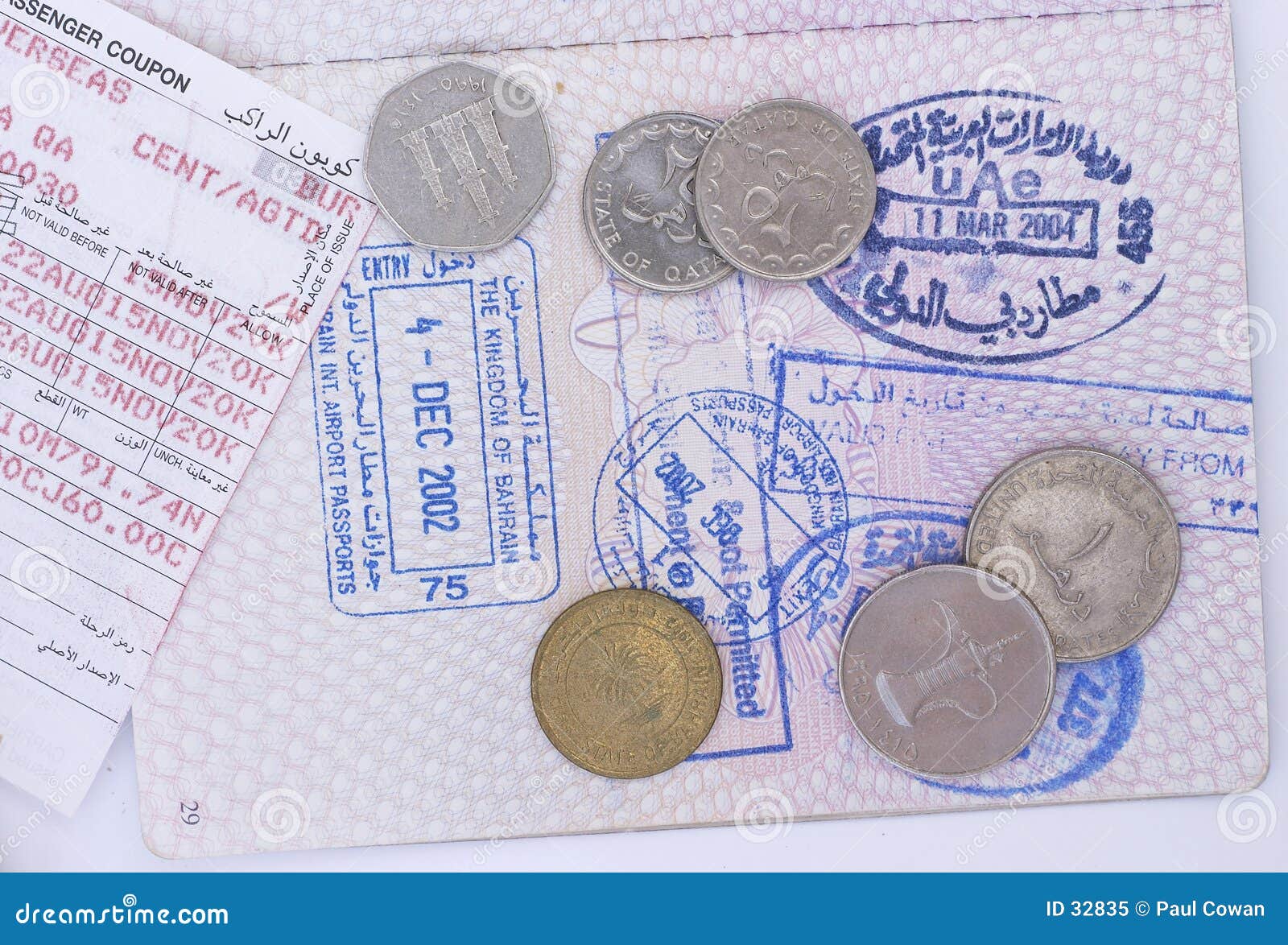Delve into the rich cultural tapestry of Kuwait and Qatar, where Arabian heritage intertwines with modernity, creating a captivating blend of tradition and progress.
Editor's Note: "Unveiling The Cultural Tapestry Of Kuwait And Qatar: A Journey Into Arabian Heritage And Modernity" has published on June 21, 2023, to provide valuable insights into this enchanting region.
Through meticulous analysis and comprehensive research, we present a comprehensive guide to Unveiling The Cultural Tapestry Of Kuwait And Qatar: A Journey Into Arabian Heritage And Modernity. Our aim is to empower you with the knowledge to appreciate the intricacies and significance of these two fascinating nations.
Key Differences:
| Kuwait | Qatar | |
|---|---|---|
| Population | 4.6 million | 2.9 million |
| GDP (per capita) | $53,000 | $61,000 |
| Religion | Muslim (74%), Christian (17%) | Muslim (75%), Christian (15%) |
| Government | Constitutional monarchy | Absolute monarchy |
Main Article Topics:
FAQ
This extensive compilation provides insightful answers to frequently asked questions, dispelling misconceptions and offering a deeper understanding of the cultural heritage and contemporary landscape of Kuwait and Qatar.
Question 1: How distinct are the cultural identities of Kuwait and Qatar, and in what ways do they overlap?
Kuwait and Qatar, while sharing commonalities as Gulf nations, possess unique cultural identities shaped by historical, geographical, and economic factors. Kuwait's rich maritime heritage, stemming from its strategic location on the Arabian Gulf, has influenced its traditions, cuisine, and art. Qatar, on the other hand, has a strong Bedouin heritage, which is reflected in its nomadic past, falconry, and traditional crafts. Despite these distinctions, both countries share a deep appreciation for Islamic values, family bonds, and a commitment to preserving their cultural heritage.

Arabian journey 2 stock image. Image of stamp, bahrain, ticket - 32835 - Source www.dreamstime.com
Question 2: What architectural wonders can be found in Kuwait and Qatar, and how do they reflect the region's cultural heritage?
Kuwait and Qatar boast a captivating array of architectural landmarks that showcase their blend of cultural heritage and modernity. Kuwait City's skyline features the iconic Kuwait Towers, a symbol of the country's oil wealth and technological prowess. The Grand Mosque, with its towering minarets and intricate tilework, is a masterpiece of Islamic architecture. In Qatar, the Museum of Islamic Art, designed by renowned architect I.M. Pei, houses a vast collection of Islamic artifacts and offers breathtaking views of the Doha skyline. The National Museum of Qatar, shaped like a desert rose, pays homage to the country's Bedouin heritage.
Question 3: How have Kuwait and Qatar balanced the preservation of traditional arts and crafts with the demands of modernization?
Kuwait and Qatar have made concerted efforts to strike a balance between preserving traditional arts and crafts and adapting to the demands of modernization. In Kuwait, the Sadu House is dedicated to safeguarding the ancient art of Sadu weaving, producing exquisite textiles and carpets using traditional techniques. Qatar's Katara Cultural Village showcases traditional crafts, including pottery, glassblowing, and jewelry making, providing artisans with a platform to demonstrate their skills and pass on their knowledge to future generations.
Question 4: What role do museums and cultural institutions play in fostering cultural understanding in Kuwait and Qatar?
Museums and cultural institutions in Kuwait and Qatar serve as vital platforms for fostering cultural understanding and preserving national heritage. The Kuwait National Museum houses a comprehensive collection of artifacts and exhibits that narrate the country's rich history and cultural traditions. The Sheikh Abdullah Al Salem Cultural Centre, a vast complex in Kuwait City, encompasses museums, a planetarium, and a theater, offering a diverse array of cultural experiences. In Qatar, the Mathaf: Arab Museum of Modern Art showcases contemporary Arab art, while the Museum of Islamic Art houses a world-renowned collection of Islamic artifacts.
Question 5: How does the cultural landscape of Kuwait and Qatar continue to evolve in response to globalization and technological advancements?
The cultural landscapes of Kuwait and Qatar are continuously evolving in response to globalization and technological advancements. Kuwaiti and Qatari artists are increasingly incorporating contemporary themes and media into their work, reflecting the influence of global art movements. The proliferation of social media and digital platforms has provided artists with new avenues to share their creations and connect with audiences worldwide. At the same time, cultural institutions are embracing technology to enhance visitor experiences and make their collections more accessible to a broader public.
Question 6: What opportunities exist for cultural exchange and collaboration between Kuwait, Qatar, and the international community?
Kuwait and Qatar are actively engaged in cultural exchange and collaboration with the international community. They participate in international art exhibitions, host cultural festivals, and support artist residencies. These initiatives provide opportunities for cultural dialogue, cross-fertilization of ideas, and the promotion of mutual understanding. By sharing their rich cultural heritage and engaging with diverse global perspectives, Kuwait and Qatar contribute to the vibrancy and diversity of the global cultural landscape.
This comprehensive FAQ section serves as a valuable resource, providing insightful answers to frequently asked questions and offering a deeper understanding of the cultural heritage and contemporary landscape of Kuwait and Qatar.
Transitioning to the next section of the article...
Tips

Unveiling Elegance: A Journey Through Mens Clothing in Kuwait | 𝐹𝐼𝒩𝒟 𝒯𝐸𝒞 - Source findtec.co.uk
Delve into Unveiling The Cultural Tapestry Of Kuwait And Qatar: A Journey Into Arabian Heritage And Modernity for an immersive exploration of the cultural tapestry of Kuwait and Qatar.
Tip 1: Respect Local Customs and Traditions
As a visitor, it's crucial to be respectful of local customs and traditions. Dress modestly, especially when visiting religious sites. Avoid public displays of affection and refrain from consuming alcohol or pork, as these are culturally sensitive issues.
Tip 2: Embrace Cultural Immersion
Attend cultural events, visit museums, and interact with local people to gain insights into the rich cultural heritage of Kuwait and Qatar. Learn a few basic phrases in Arabic to enhance your interactions and show respect.
Tip 3: Explore Historical Landmarks
Both Kuwait and Qatar boast a wealth of historical landmarks that narrate their fascinating past. Visit the Grand Mosque of Kuwait to marvel at its architectural grandeur, or explore the Barzan Towers in Qatar for a glimpse into the country's defensive architecture.
Tip 4: Indulge in Local Cuisine
The culinary delights of Kuwait and Qatar are a testament to their cultural diversity. Savor the flavors of machboos, a traditional rice dish, or sample the sweet taste of luqaimat, fried dough balls drizzled in syrup.
Tip 5: Discover Modern Architecture
While these countries cherish their heritage, they also embrace modernity. Admire the futuristic skyscrapers and impressive structures that blend traditional influences with contemporary design, showcasing the dynamism of the region.
By following these tips, travelers can embark on a journey that unveils the cultural tapestry of Kuwait and Qatar, bridging the past with the present in a harmonious blend of heritage and modernity.
Unveiling The Cultural Tapestry Of Kuwait And Qatar: A Journey Into Arabian Heritage And Modernity
Kuwait and Qatar, two peninsular nations nestled along the Arabian Gulf, boast a captivating cultural panorama that harmoniously intertwines centuries-old Arabian heritage with cutting-edge modernity. This cultural tapestry unfolds in various dimensions, from traditional architecture to thriving art scenes and a diverse culinary landscape.
- Architectural Heritage: Mudbrick houses, wind towers, and arched doorways whisper tales of a bygone era.
- Cultural Traditions: Falconry, pearl diving, and traditional music resonate as cherished cultural practices.
- Contemporary Art: Galleries and museums showcase thought-provoking installations, reflecting the vibrant contemporary art scenes.
- Culinary Delights: Margoog, machboos, and harees tantalize taste buds with a symphony of flavors.
- Modern Infrastructure: Towering skyscrapers, sleek metro systems, and world-class airports exemplify Qatar's modern transformation.
- Cultural Festivals: Heritage villages and cultural festivals celebrate the rich traditions and foster a sense of national pride.
Exploring these key aspects offers a profound understanding of Kuwait and Qatar's multifaceted cultural identities. From the intricate architectural marvels that stand as testaments to the past to the dynamic artistic expressions that capture the present, this cultural tapestry reflects a harmonious coexistence between tradition and progress, a journey that continues to shape the identity of these nations on the Arabian Peninsula.

CULTURAL TAPESTRY – Mid Ocean Studio - Source midoceanstudio.com
Unveiling The Cultural Tapestry Of Kuwait And Qatar: A Journey Into Arabian Heritage And Modernity
The cultural tapestry of Kuwait and Qatar is a vibrant and intricate blend of Arabian heritage and modernity. This connection is evident in the countries' architecture, art, music, cuisine, and social customs. The traditional architecture of Kuwait and Qatar reflects the region's desert environment, with buildings constructed from local materials such as mud bricks and gypsum.

“A Stop on the Journey” tapestry - Source madparis.fr
The modern architecture of the two countries is also influenced by Islamic traditions, with buildings often featuring intricate geometric patterns and domes. The art of Kuwait and Qatar is similarly influenced by both Arabian and modern traditions. Traditional arts and crafts include weaving, pottery, and calligraphy. Modern art in the two countries is often inspired by traditional forms but incorporates contemporary techniques and materials.
The music of Kuwait and Qatar is also a blend of traditional and modern styles. Traditional music is often based on traditional Arabian instruments such as the oud and the qanun. Modern music in the two countries is often influenced by Western pop and rock music, but incorporates traditional elements as well.
The cuisine of Kuwait and Qatar is another example of the blend of Arabian heritage and modernity. Traditional dishes such as machboos (a rice dish with meat and vegetables) and harees (a wheat porridge) are still popular today. Modern cuisine in the two countries often incorporates international influences, with dishes such as sushi and pizza becoming increasingly common.
The social customs of Kuwait and Qatar are also influenced by both Arabian heritage and modernity. Traditional customs such as the wearing of the abaya (a long, loose-fitting robe) by women are still observed in the two countries. However, modern customs such as the wearing of Western clothing and the use of social media are also becoming increasingly common.
The connection between Arabian heritage and modernity is a defining feature of the cultural tapestry of Kuwait and Qatar. This connection is evident in the countries' architecture, art, music, cuisine, and social customs. It is a testament to the rich and diverse history of the two countries and to their continued evolution in the modern world.
Conclusion
The exploration of the cultural tapestry of Kuwait and Qatar reveals a rich and multifaceted heritage that continues to evolve in the modern world. The connection between Arabian heritage and modernity is evident in all aspects of life in the two countries, from architecture to cuisine to social customs. This connection is a source of pride for Kuwaitis and Qataris and a testament to the resilience and adaptability of their cultures.
As the two countries continue to develop and modernize, it is important to preserve and celebrate their cultural heritage. This heritage is a vital part of the identity of Kuwait and Qatar and a source of inspiration for future generations.
